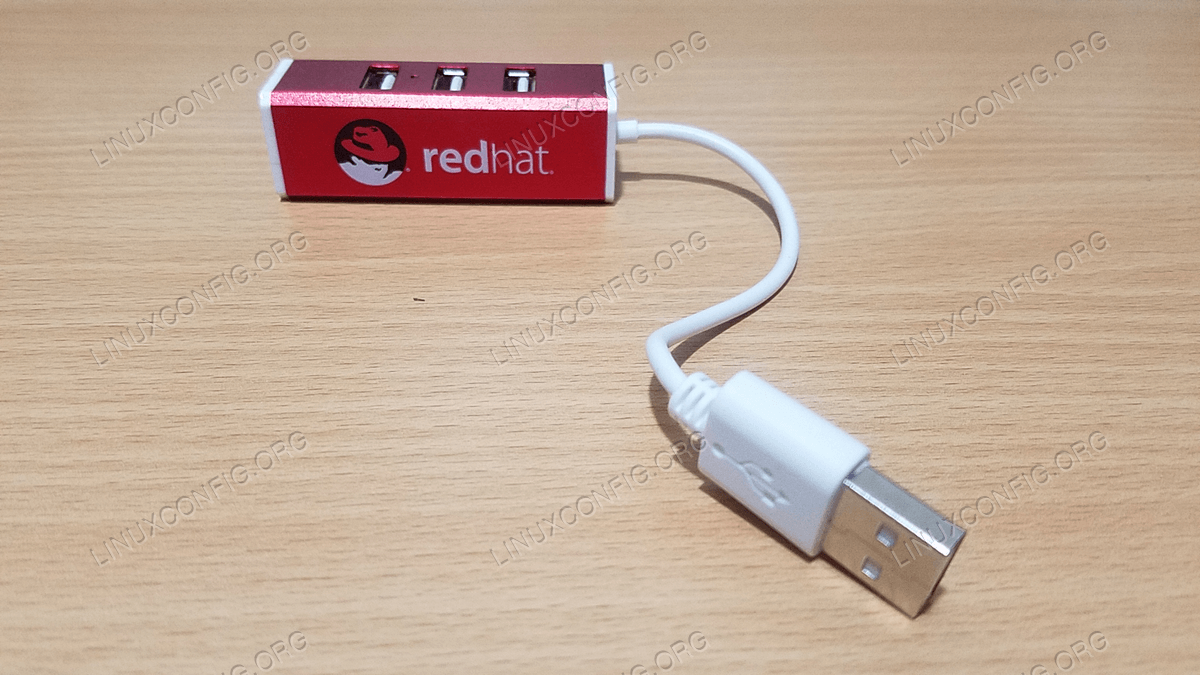

Writing the Linux Lite ISO to a USB on Windows Keys vary from one manufacturer to the next, so refer to your user manual if you are not sure how to access the settings. Typically there will be one or two special keys that can be pressed during initial power-up of theĬomputer (before an operating system starts booting) that will allow you access to either the BIOS Settings/Startup Menu or a separate Boot Menu. Once you have your bootable media created, you may need to access your computer's BIOS settings to set the boot order for bootingĬD/DVD/USB's first (before the hard drive). Reliable method to create a bootable USB when using a Linux system, or OSX. If burning to a USB stick, we have also listed a free program that we recommend for doing that in Windows or a Below are listed three free Windows programs that willĮnable you to do that. To create a bootable DVD, you need to burn the ISO as an "image" to the DVD. Once you’ve followed the above instructions, click on “Start” to create a bootable USB drive.To install Linux Lite you will need to download the ISO file, then create either a bootable DVD or USB stick from the ISO. Step 4: Click on Start to create a bootable device It helps you to store the changes that you have made in Live Boot.įor the sake of simplicity, we will not touch on any other options to avoid confusion. If you don’t know what persistent partition size is, then I’ll explain it in a simple way. Persistent partition size:It is a new feature introduced in Rufus that users desperately miss. On the right side of the current screen, click on “Select” to specify the downloaded ISO file location. You do not need to change the default options “Disk or ISO image” unless and until you have a different objective. In the case of multiple USB drives, select the USB drive that you want to use for bootable from the drop-down menu.īoot selection: At this step, you need to provide the ISO file location for which you want to create a bootable device. Device: In this drop-down menu, you will find the connected USB device name along with the USB disk size.


 0 kommentar(er)
0 kommentar(er)
